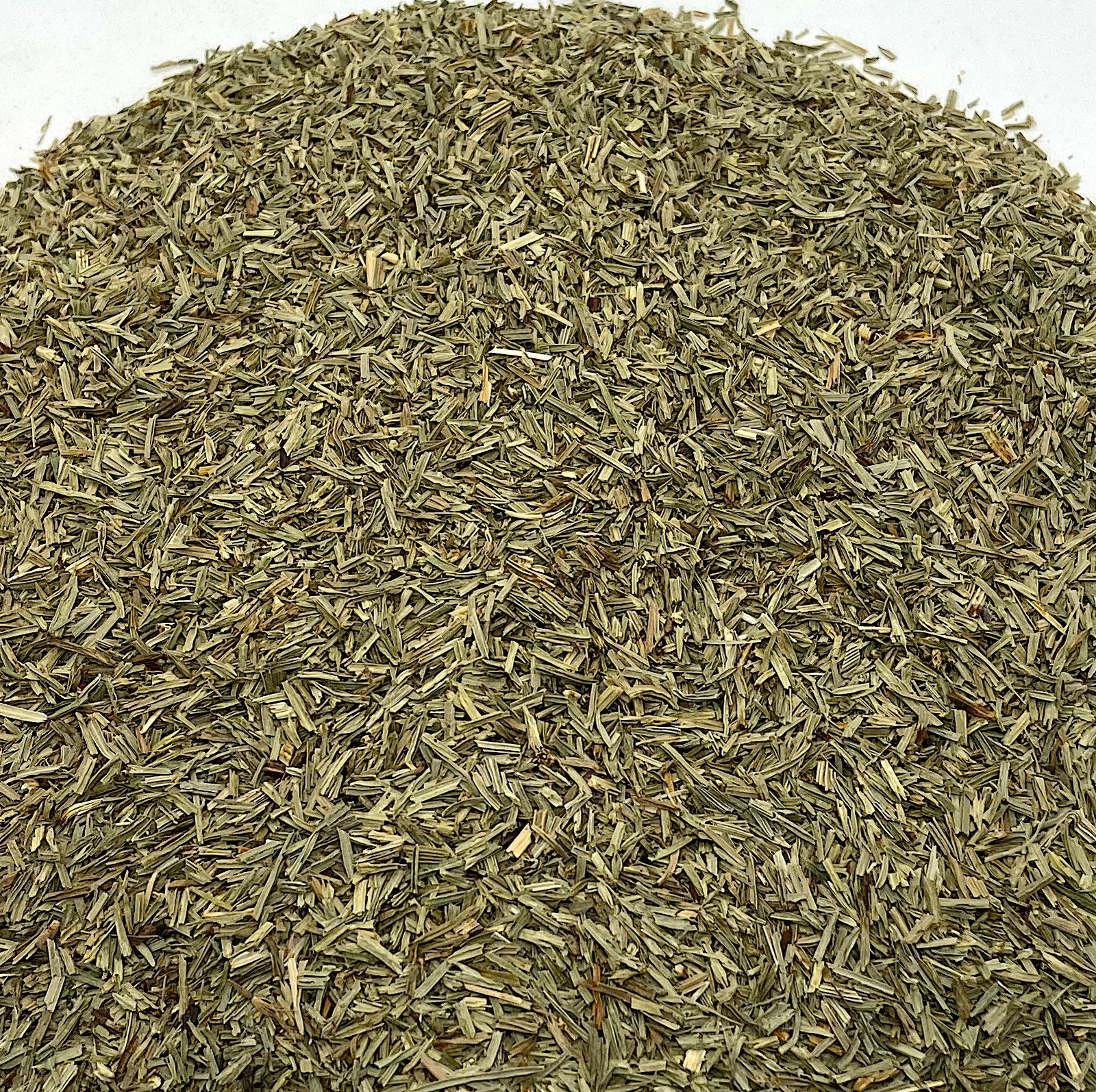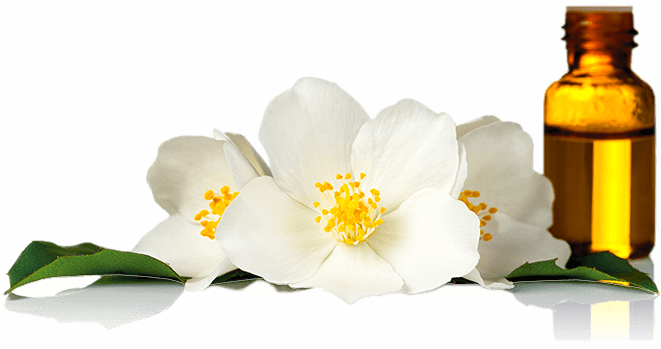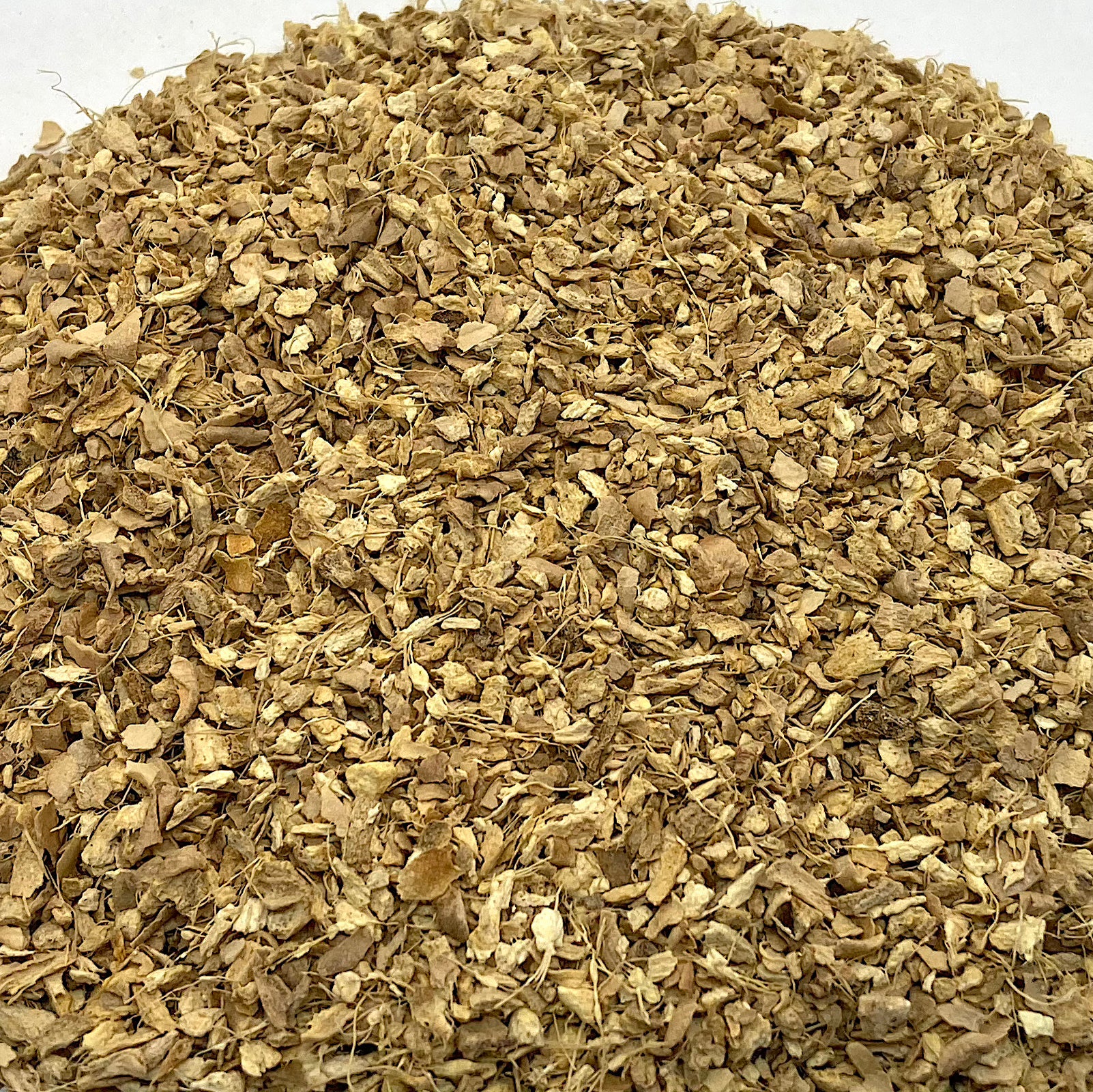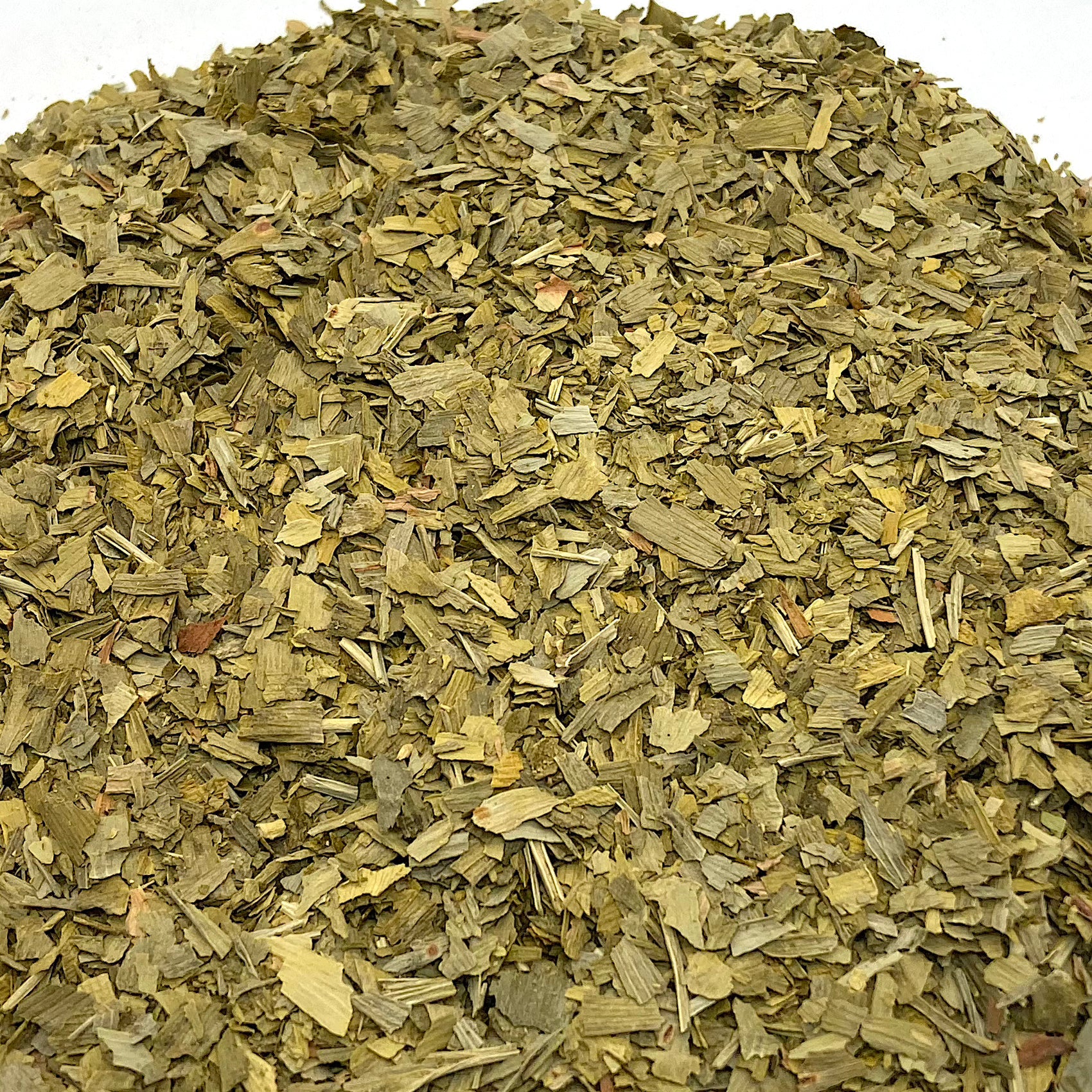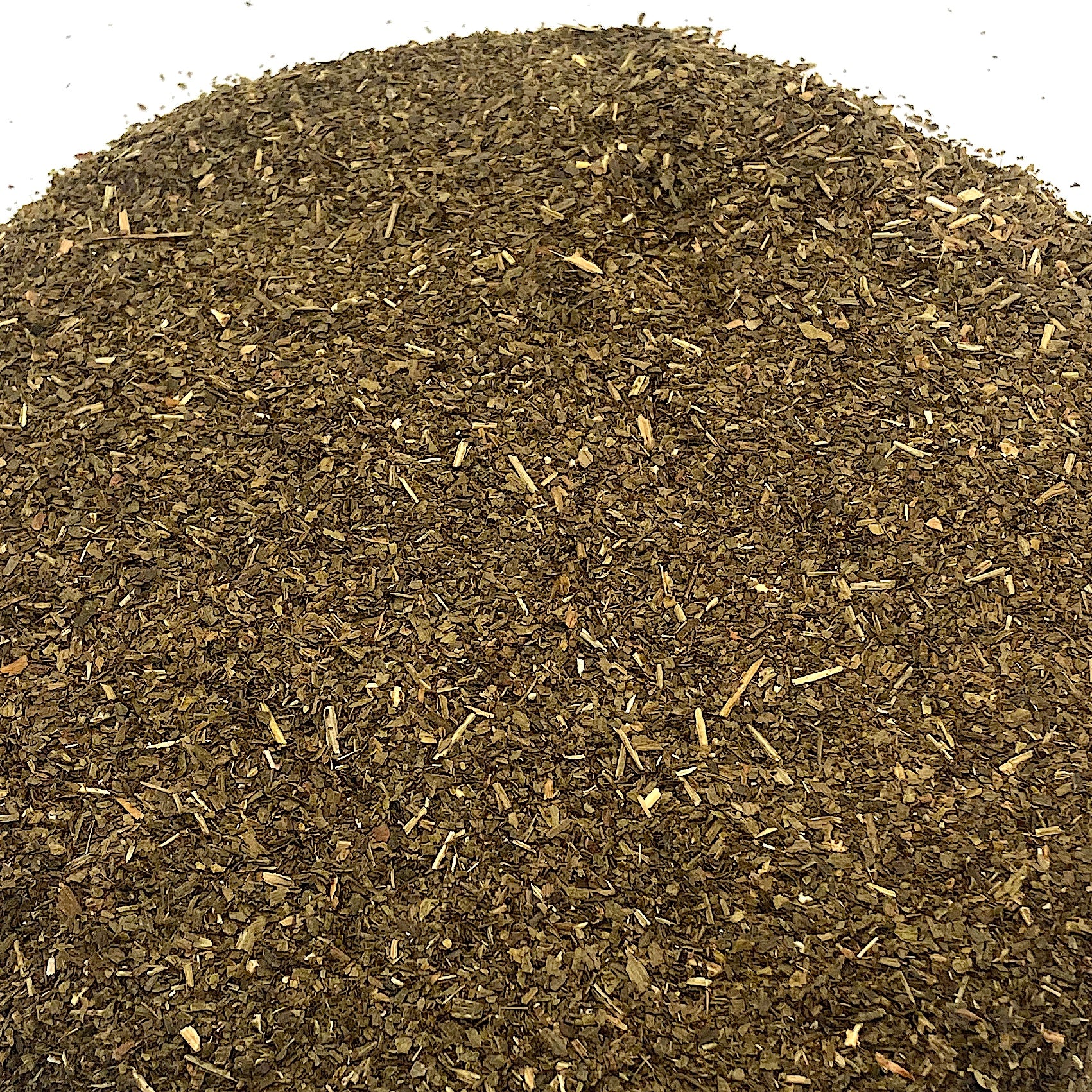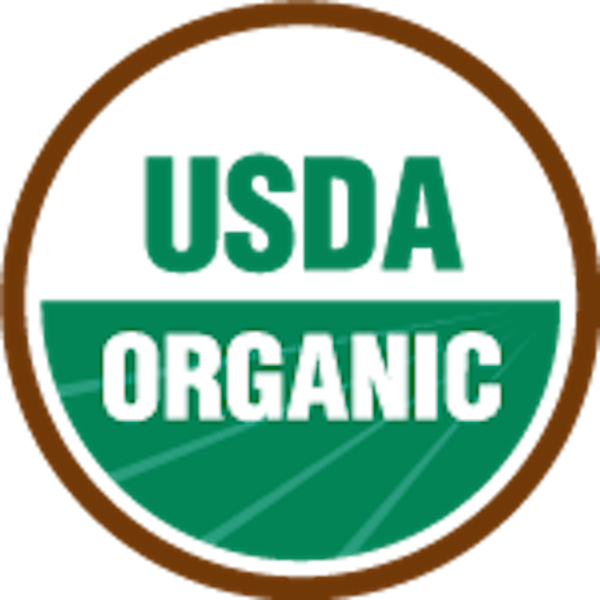Description
CHINA. Horsetail (Equisetum arvense) Pieces
Common names: Shave-grass, Bottle-brush, Paddock-pipes, Dutch Rushes, Pewterwort. Corncob Plant, Puzzlegrass, Ashwa Pucchha, Candock, Narri, Sugina, Wen Ching, Sumbak, Prele, Narri, Mu Ze
Family: Equisetaceae
A perennial spore-bearing plant native to temperate and arctic areas of the northern hemisphere, Horsetail can grow up to 3 feet tall and spreads aggressively by means of its rhizomes and tubers. It favors damp places and can be found in disturbed areas, fields and pastures, woodlands, roadsides, and close to streams. It is naturalized in many temperate areas of the southern hemisphere, though less common there.
Horsetails are the last survivors of a very ancient group of plants dating back to the Devonian era, which began more than 400 million years ago. Huge Horsetail-like plants were among the dominant species of the lush mid-Devonian vegetation. Historically, its stalks have been used for their scouring action to scrub pewter, clean resin from hurdy-gurdy wheels, polish bone tools, etc.
Horsetail is remarkably rich in silica, probably higher than any other plant. It also contains flavonoids, alkaloids, phenols, phytosteroids, saponins, and tannins. It has an impressive history in herbal healing, well known to Europeans and Native Americans alike.
The plant's association with damp habitats readily reminds us of its famous benefits to the urinary tract for cystitis, kidney and prostate problems, bedwetting, etc. Silica is an important element for many tissues throughout the body, and Horsetail’s high silica content, along with its astringent action, is seen as a key to its healing effects in many conditions including external and internal bleeding, joint inflammations, osteoporosis and bone fractures, skin diseases, chronic lung diseases, and menstrual irregularities.
Research has explored Horsetail’s significant anti-inflammatory, antioxidant, antibacterial, and anticancer actions, and its ability to promoting healing and reduce pain as a topical application following episiotomies.
*These statements have not been evaluated by the FDA. These products are not intended to diagnose, treat, cure or prevent any disease.

